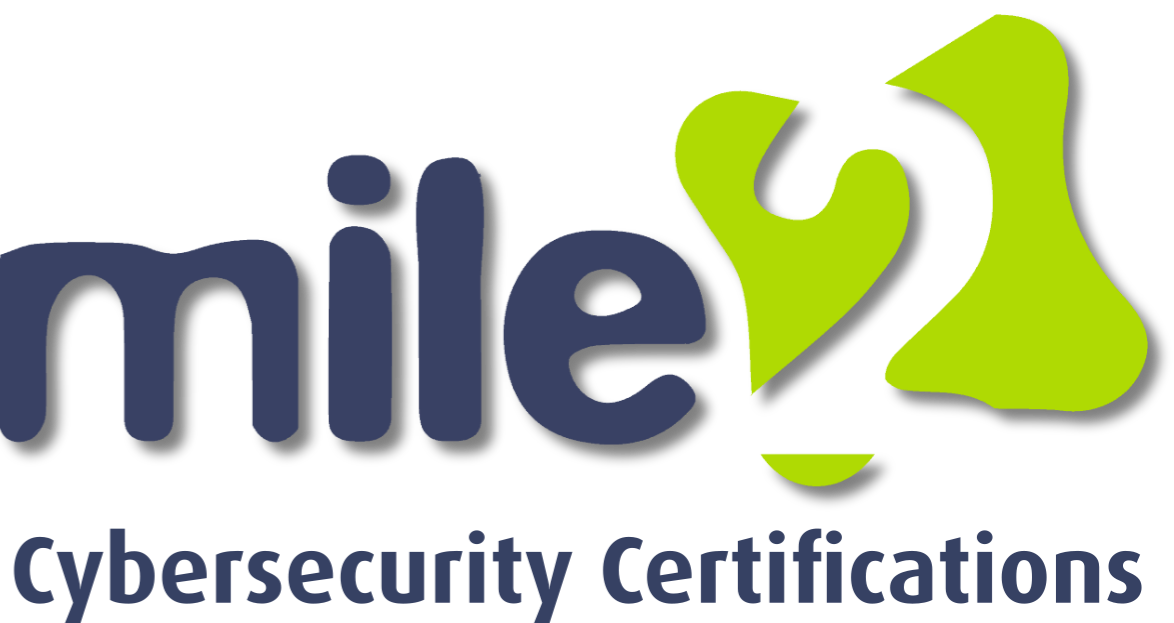Isabelle Tubbs
Forum Replies Created
-
AuthorPosts
-
Isabelle Tubbs
ParticipantHi, James. Great work on your post this week. I like that you mentioned how CDs, DVDs, and USBs function as dual input/output devices. Their ability to interact with computers in this way is a big reason why they are great tools to use with computers.
Isabelle Tubbs
ParticipantHi, Carlos. Great work on your troubleshooting post. I agree that it is important to check on the simpler things first. It is good to avoid a complicated check or replacement of a computer part only to realize it was something simple to fix along. In the end, having a logical order with checking a computer can save a whole lot of time, energy, and even money.
Isabelle Tubbs
ParticipantWhen troubleshooting display devices, it is important to check the power. Ensure the display (and the system it is connected to) has been connected to the power correctly, that the power is safe and reliable, and the cables are in the right places (which can vary by device). Also, make sure the computer is in a good environment; the computer may not function well in a hot place.
Next, complete checks on the hardware and software. See if the issue is with the graphics card or graphics driver, and make sure the components included are compatible with one another. For software, check that the settings are configured correctly, such as resolution, size, and brightness settings or any other type of settings that relate to the issue. Some important tools for troubleshooting and analyzing the hardware and software can be Windows Advanced boot menu (which can boot into Safe Mode), Device Manager, and System Restore (if the situation requires a system restore).
Isabelle Tubbs
ParticipantHi, Carlos. Nice work explaining the advantages of each storage method. Sometimes it is worth investing in a better type of storage because it can increase the speed, space, or reliability of the storage type. Keeping in mind what a user needs is important for knowing what options would work best for them.
Isabelle Tubbs
ParticipantThere are some input devices that we are very familiar with, like digital cameras, microphones, and web cameras. Even some input devices that are less common are still used often today such as digitizers, scanners, and biometric devices. These devices take the information we have in that moment and upload that information digitally. For example, scanning a physical document uploads the information on paper and uploads it to the computer’s files.
Output devices include speakers, printers, and displays. Many of us use these often, as they can be easily accessed with a computer or other device. These devices take the information that the computer has and puts it into a more humanly tangible form. Printing, for example, is almost like the reverse process of scanning; it takes the information from the computer and puts it on paper using ink.
Finally, there are also input-output devices which can both take in and distribute information. One example is an audio headset, which is essentially combining the input of a microphone and the output of a speaker, allowing back-and-forth conversations live.
Isabelle Tubbs
ParticipantThis week’s devotional reminded me of the importance of our response to God and His Word. It is not enough to just listen or even just to understand; we must let His Word change our lives. Truly allowing God to change us is not just doing good deeds (although those are very important), it affects who we are, what we say, and what we think. The people in the verses from Matthew 13 mentioned in the devotional did hear Jesus’s message. They did not leave right away when He started talking. However, after He spoke, that is when they walked away. In some cases, it can apply to the entire message of salvation. In other cases, it can apply to some of the things God speaks to us daily. When He speaks to us, we must listen, obey, and take it to heart, instead of in our heart “walking away.” This is much easier said than done, but the change that comes from doing this will be amazing.
Isabelle Tubbs
ParticipantBecause computers can do many different tasks and have many components, the computer system needs a space to store the information to complete these processes and use its resources, like its hardware and software. A major way a computer stores this is through drives. Disk drives can be magnetic drives, which use a binary system, or solid state drives, which use flash memory chips. Additionally, it could be a binary drive which is a magnetic hard drive that has flash memory chips.
The way these drives are organized can vary, but RAID can offer some efficient options depending on a user’s needs. Some drives may be stored with striping, which splits the data. Others can use mirroring, which copies the data on each disk. Finally, it could be used with blocks, creating a more complex way of storing the data and allowing more fault tolerance. Some RAIDs can also use a combination of these methods.
An additional option for storage is optical drives. Compact disk drives, digital video disks, and Blu-ray are optical drives that I think most of us have used at some point. They contain data that can be used by the computer once the drive is connected.
Isabelle Tubbs
ParticipantHi, Carlos. Nice work on your post. I agree that although it is important to take all the right steps and test the components related to the computer, there does need to be a level of priority of what to try first. If it is a different component causing issues that can easily be fixed, it might be worth checking that out first before replacing the PSU.
Isabelle Tubbs
ParticipantHi, Caleb. You mentioned a benefit of expansion options is flexibility. I did not consider that when I thought about the discussion prompt this week, but it is very true. Users can have different needs and wants for their computer system, so having the flexibility to add different options to their computer is very helpful.
Isabelle Tubbs
ParticipantHi, Caleb. Nice work on your discussion post. I agree that although RAM and ROM are related to the computer’s memory, they are quite different. This becomes especially evident after you analyze how each one works, but they are extremely important for the computer. Without them, the computer would not function properly.
Isabelle Tubbs
ParticipantA computer’s expansion options can involve expansion cards for video, audio, peripheral interfaces, and storage. These cards must also be put into the right ports on the computer in order for them to work properly. These expansion options can help boost a computer’s functionality and overall use.
For video, a Video Graphics Array (VGA) or a Digital Visual Interface (DVI) can be used for computer displays. However, these standards are somewhat old, so HDMI can be used instead of DVI to connect to even more devices. A Display Port can be used for monitors with high resolution. With audio, it is important to plug in to the right ports using its color-coded system. If a user wants to connect speakers to play music or use a monitor at work, video and audio expansion are important.
Peripheral interfaces allow the computer to connect and interact with peripheral devices like mice, keyboards, etc. For example, PS/2 was used for keyboards and mice before USB was established, and RS-232 was used for mice, external modems, and more. Therefore, peripheral interfaces are important for users’ actions on their devices for tasks as simple as using a mouse to scroll down on a website page. For storage, Serial AT Attachments (SATA) can help the computer connect to optical drives, hard drives, and solid state drives. This allows a user’s computer to function using information it has stored on its drive, and it allows a user to have the computer storage to save photos or files.
Isabelle Tubbs
ParticipantAlthough read-only memory (ROM) and random access memory (RAM) have similar acronyms, they are separate components that store information. The main difference between read-only memory and random access memory is how the information is stored. Read-only memory is non-volatile, meaning that even if the computer’s power shuts down, the information will still be stored. Random access memory, on the other hand, will lose the information when the computer’s power shuts down, especially because it is a temporary storage space.
Another difference is the type of information RAM and ROM store. According to GeeksforGeeks, the information RAM stores is for the CPU to use right away, while the ROM contains information for storing code that operates the hardware on the device (2025, July 11). For example, ROM can include the instructions concerning the computer’s startup, motherboard, and loading of drivers for basic hardware. As a result, its tools are focused on different things. A computer’s RAM can be one of the many memory modules out there, while ROM can be BIOS (basic input/output system)/UEFI (unified extensible firmware interface).
References
GeeksforGeeks. (2025, July 11). Difference between RAM and ROM. https://www.geeksforgeeks.org/computer-science-fundamentals/difference-between-ram-and-rom/Isabelle Tubbs
ParticipantThe enemy tries to get at all of us, especially when we are walking in God’s calling for our lives. However, this devotional is a great reminder of who we should run to for help, guidance, and peace. God is there when we need help and/or feel drained. The Lord provided for David physically with the showbread and materially with the sword of Goliath. He also provided spiritually with the sword because it served as a reminder for David that God helped Him in the past, and God can do it again. David had faith that God would use him to slay Goliath because He used him to kill a lion and bear. In this, God wants him to have faith that He will help him through this persecution because He helped him slay Goliath. God is faithful and powerful, cares about David, and will fulfill His promises to him. This reminds us about God’s faithfulness and power in our own lives too. He cares about us and will fulfill His promises to us.
Isabelle Tubbs
ParticipantFirst, when troubleshooting a power supply unit, it is important to recognize what the problem is based on its symptoms. Symptoms can be a computer powering off or rebooting unexpectedly, failing to start, reporting memory errors, etc. It could even be a tangible problem; the system may be overheating, or the computer’s chassis gives an electric shock. Also, buzzing, BIOS beep codes, or other noises can be an indication.
Once it is confirmed that the power supply unit has some sort of issue, it can be helpful to test it to get more information about what is happening. The PSU can be tested using a multimeter or a power supply tester. Additionally, knowing how old the power supply unit is, whether it was handled roughly in the past, and any past electrical interference can give more information.
After figuring out what the issue is, the PSU may need to be replaced. This involves removing the old PSU and then putting in a new one using a screwdriver and the correct equipment to protect against electro-static discharges. Then, verifying that the new PSU is working correctly and documenting findings are the last few steps for troubleshooting the PSU.
Isabelle Tubbs
ParticipantHi, Carlos. I really like the analogy you gave about the motherboard and CPU. The motherboard and CPU are some of the key components of a computer, just like the nervous system and brain are key components of the human body. Also, they both work together in different but vital roles like the brain and nervous system do too. Great work on your post.
-
AuthorPosts

